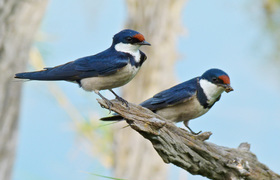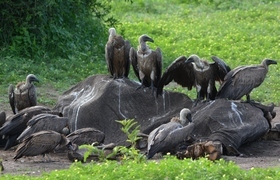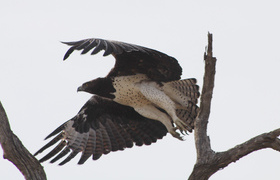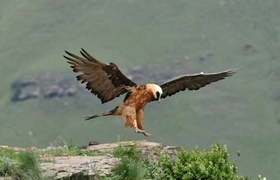Shocking raptor decline in Botswana
07 June 2018 | Story Supplied. Read time 4 min.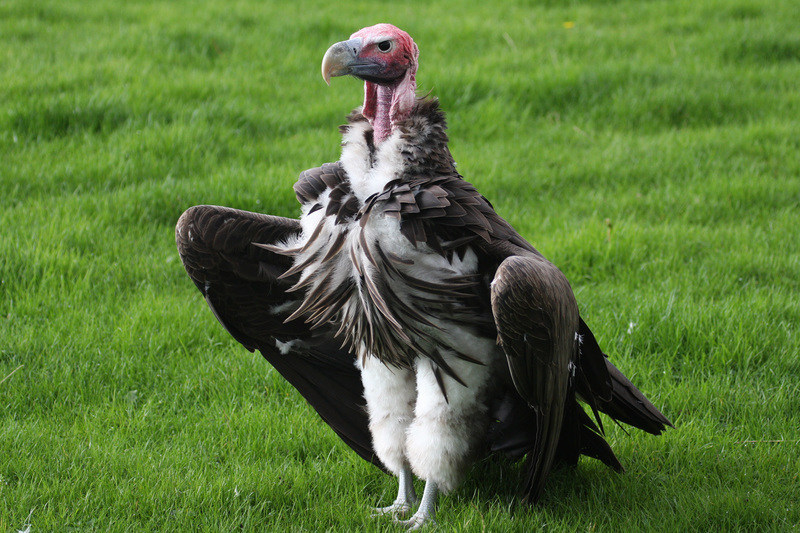
Students from the University of Cape Town’s (UCT) Fitzpatrick Institute of African Ornithology recently participated in a two-year study on raptors in Botswana, which saw them retracing the steps of a wildlife biologist 20 years ago. The findings show that more conservation work is needed in one of Africa’s last great wilderness areas.
The results of the survey, led by NGO Raptors Botswana in collaboration with UCT, were published this week in the international scientific journal Biological Conservation.
Researchers found that many birds of prey are declining in numbers, some by as much as 80%, while some migrant species that were previously recorded have now vanished.
The team sought to recreate a study by Dr Marc Herremans, a former wildlife biologist with the Department of Wildlife and National Parks of Botswana, who first surveyed an area of 50 000 km in the 1990s.They spotted birds using the naked eye, only pulling out their binoculars for a positive identification.
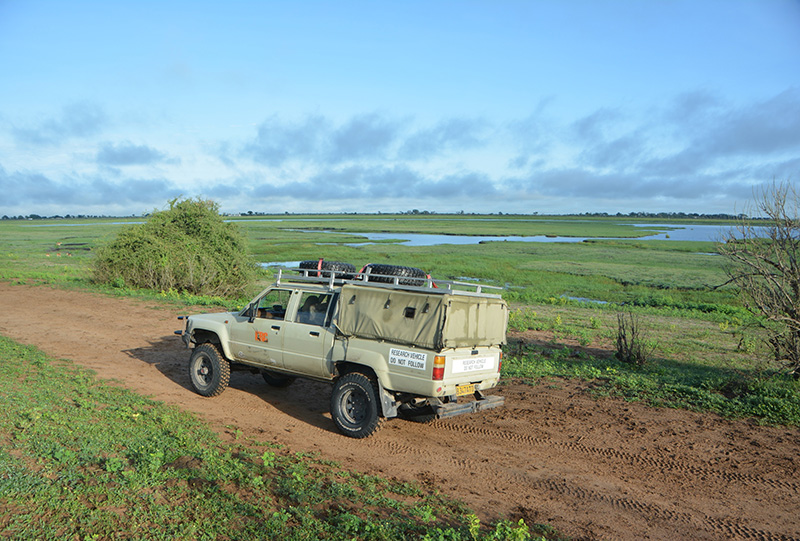
Dr Herremans’ original route was followed as closely as possible, but some new courses had to be taken considering that road networks have changed over time and given that the original team hadn’t used GPS coordinates.
All in all, the team traversed over 20 000 km on gravel and tar roads across most of northern Botswana. In order to ensure consistency, they used a similar 4x4 vehicle and travelled at roughly the same speeds – sometimes just 20 km/h over challenging terrain.
Unexpected decline
The team focused on 29 raptor species and compared the encounter rate with Herremans’ original records. They detected a decline for 14 out of 29 species monitored – 11 of which declined by more than half in the last 20 years.
The White-Headed and Lappet-Faced vultures, African Hawk Eagle, Secretary Bird, Bateleur Eagle and Red-Necked Falcon dropped most drastically in numbers.
Only three species showed an increase in population: the Black-Chested Snake Eagle, the Brown Snake Eagle and the Tawny Eagle.
“The main motivation for doing the work was to explore whether vultures and other raptor numbers had declined in Botswana like they have in many other areas of Africa.
“Although declines in raptor populations have been seen elsewhere in Africa, particularly across West Africa, we were not expecting these declines to be quite so dramatic.”
“Although declines in raptor populations have been seen elsewhere in Africa, particularly across West Africa, we were not expecting these declines to be quite so dramatic in Botswana, which has a relatively low human population size and where nearly 40% of the land is under some form of protection,” said Associate Professor Arjun Amar of UCT, who supervised the research.
Unclear cause
The study found that vultures in particular were declining at significant rates. Conservationists say that poisoning by poachers may contribute to this because vultures inadvertently expose poachers when they circle dead game, thus drawing the attention of rangers within protected areas.
A separate study showed that one-third of all vultures caught and tested showed elevated levels of lead in their blood, likely caused by eating flesh that has been contaminated by bullets.
PhD student Beckie Garbett, who led the road-based survey, said, “We found declines occurring across species with varying diet and habitat use, which makes it hard to pinpoint the main drivers of decline. Climate change is one candidate … but urgent research is needed to better understand the drivers of these declines.”
Building on past research
Comparative studies like this show the importance of historical data, which serves as a benchmark – especially in countries where funding limits ongoing monitoring.
Researchers are now looking to retrace Herremans’ remaining routes in the southern areas of the country to see whether trends are similar to those observed in the north. Herremans said he was pleased that his data had proved valuable and could contribute to knowledge of long-term changes in bird populations.
Read the full results of the survey…
 This work is licensed under a Creative Commons Attribution-NoDerivatives 4.0 International License.
This work is licensed under a Creative Commons Attribution-NoDerivatives 4.0 International License.
Please view the republishing articles page for more information.







